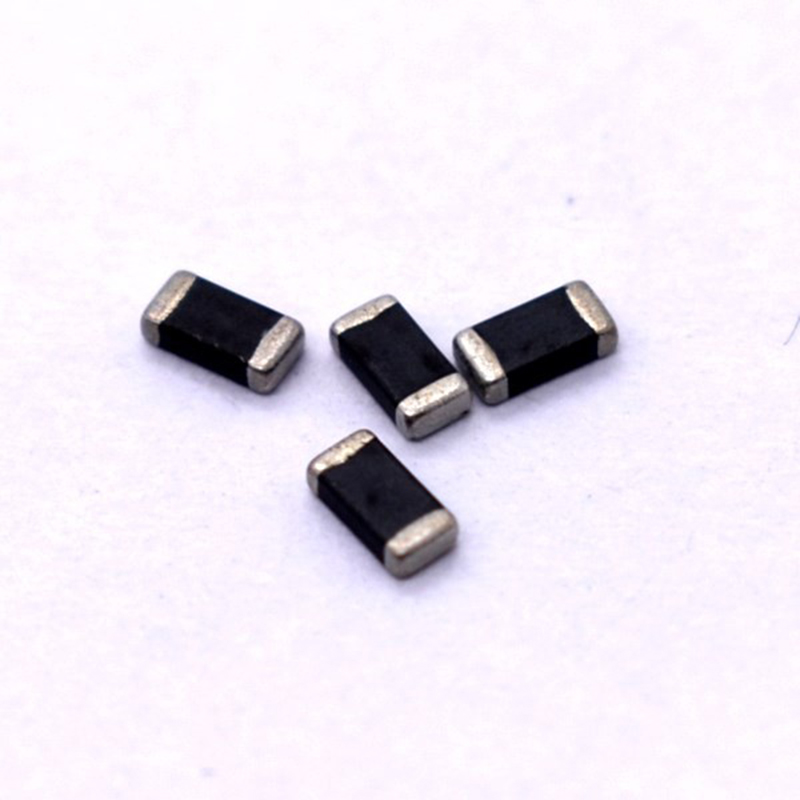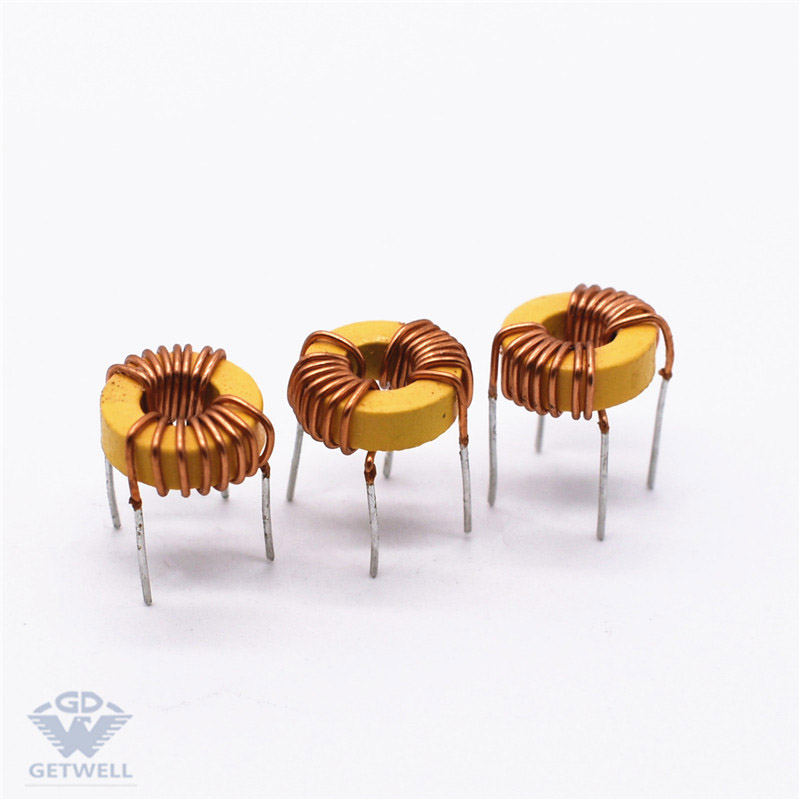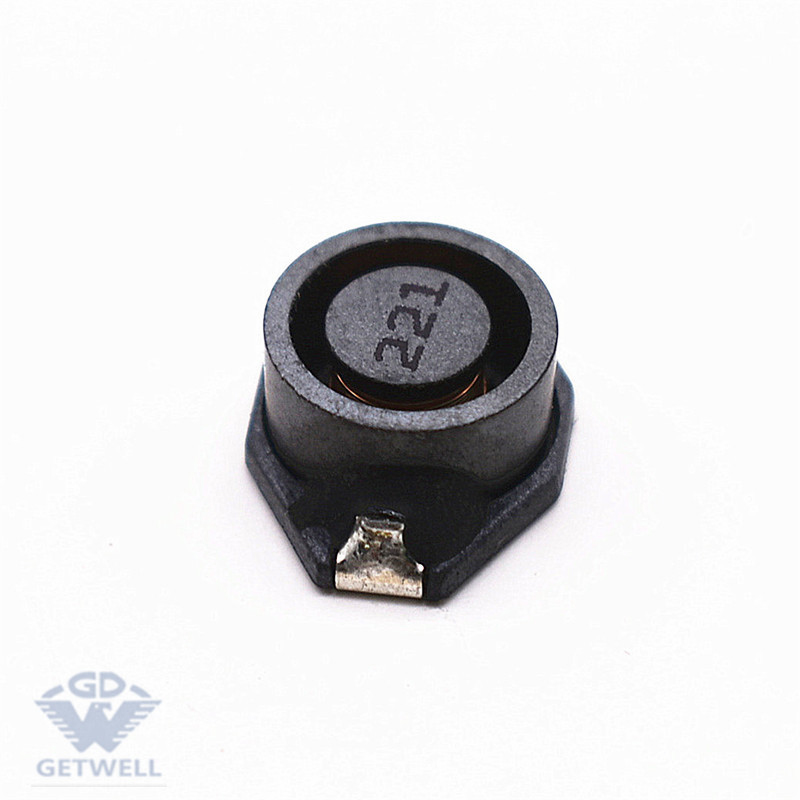Custom inductor manufacturer tells you
We know that inductance core is a product that will be used in many electronic products, electronic products will produce certain loss in the process of use, and inductance core is no exception. If the loss of the inductor core is too large, it will affect the service life of the inductor core.
The characteristic of inductor core loss (mainly including hysteresis loss and eddy current loss) is one of the most important indicators of power materials, which affects and even determines the working efficiency, temperature rise and reliability of the whole machine.
Inductor core loss
1. Hysteresis loss
When the core material is magnetized, there are two parts of the energy sent to the magnetic field, one of which is converted into potential energy, that is, when the external magnetization current is removed, the magnetic field energy can be returned to the circuit, while the other part is consumed by overcoming friction, which is called hysteresis loss.
The area of the shadow part of the magnetization curve represents the energy loss caused by hysteresis in the magnetization process of the magnetic core in a working cycle. The parameters affecting the loss area are the maximum working magnetic flux density B, the maximum magnetic field intensity H, the remanence Br and the coercive force Hc, in which the magnetic flux density and magnetic field strength depend on the external electric field conditions and the core size parameters, while Br and Hc depend on the material properties. For each period of magnetization of the inductor core, it is necessary to lose the energy proportional to the area surrounded by the hysteresis loop. the higher the frequency is, the greater the loss power is, the larger the magnetic induction swing is, the larger the enclosure area is, the greater the hysteresis loss is.
2. Eddy current loss
When an AC voltage is added to the magnetic core coil, the excitation current flows through the coil, and all the magnetic flux produced by the excited ampere turn passes through the magnetic core. The magnetic core itself is a conductor, and all the magnetic flux around the cross section of the magnetic core is linked to form a single-turn secondary coil. Because the resistivity of the magnetic core material is not infinite, there is a certain resistance around the core, and the induced voltage produces current, that is, eddy current, which flows through this resistance, causing loss, that is, eddy current loss.
3. Residual loss
The residual loss is caused by magnetization relaxation effect or magnetic hysteresis effect. The so-called relaxation means that in the process of magnetization or anti-magnetization, the magnetization state does not immediately change to its final state with the change of magnetization intensity, but requires a process, and this "time effect" is the cause of the residual loss. It is mainly in the high frequency 1MHz above some relaxation loss and spin magnetic resonance and so on, in the switching power supply hundreds of KHz of power electronics, the proportion of residual loss is very low, can be approximately ignored.
When choosing a suitable magnetic core, different curves and frequency characteristics should be considered, because the curve determines the high frequency loss, saturation curve and inductance of the inductor. Because the eddy current on the one hand causes resistance loss, causes the magnetic material to heat up, and causes the excitation current to increase, on the other hand reduces the effective magnetic conduction area of the magnetic core. Therefore, try to choose magnetic materials with high resistivity or in the form of rolled strip to reduce eddy current loss. Therefore, the new platinum material NPH-L is suitable for low loss metal powder cores of higher frequency and high power devices.
The core loss is caused by the alternating magnetic field in the core material. The loss caused by a certain material is a function of the operating frequency and the total flux swing, thus reducing the effective conduction loss. The core loss is caused by the hysteresis, eddy current and residual loss of the core material. Therefore, the core loss is the sum of hysteresis loss, eddy current loss and remanence loss. Hysteresis loss is the power loss caused by hysteresis, which is proportional to the area surrounded by hysteresis loops. When the magnetic field passing through the core changes, eddy current occurs in the core, and the loss caused by eddy current is called eddy current loss. The residual loss is all losses except hysteresis loss and eddy current loss.
You May Like
Read more news
Specializing in the production of various types of color ring inductors, beaded inductors, vertical inductors, tripod inductors, patch inductors, bar inductors, common mode coils, high-frequency transformers and other magnetic components.
Post time: Apr-21-2022







